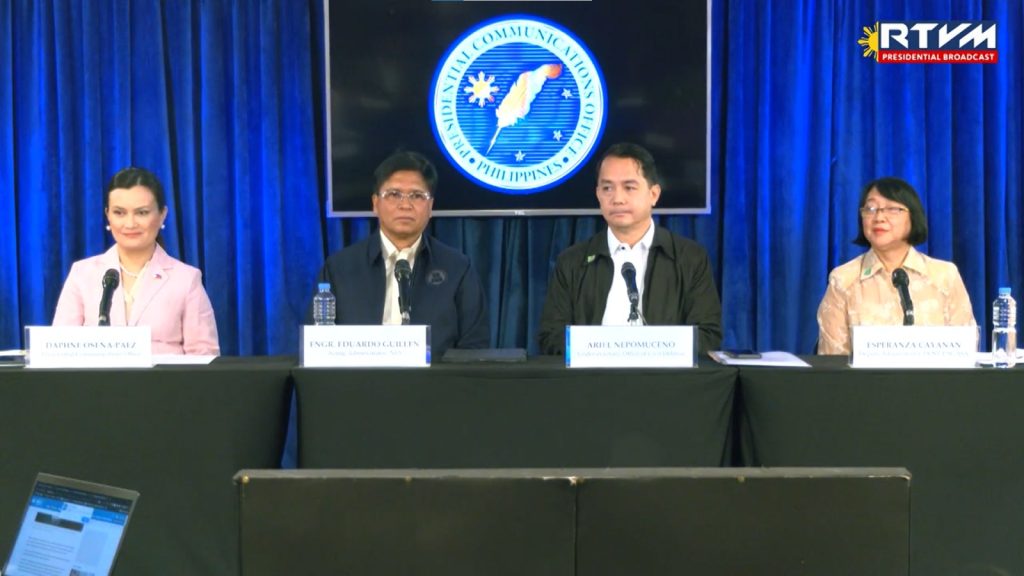
By Arabella Asis
The Philippine Atmospheric, Geophysical and Astronomical Services Administration (PAGASA), together with the National Irrigation Administration (NIA) and Office of Civil Defense (OCD), is now preparing for the impending threats of El Niño in the country.
During the Malacañang Press Briefing on Tuesday, April 18, PAGASA Deputy Administrator Esperanza Cayanan reported on the current situation in El Niño for the following months.
“From ‘El Niño Watch,’ by next month May we will be issuing the second level which is ‘El Niño Alert’ kung saan mayroon po tayong above 70% of probability of El Niño occurrence for the next two months,” Cayanan explained.
For the months of June to August, the probability of occurrence is set to hit 80% and will increase to 86% by November to January 2024.
According to Cayanan, the country will first experience heavy rainfall due to “habagat” between June to September before the effect of El Niño is felt.
As an initial response, NIA Acting Administrator Engr. Eduardo Guillen noted the cropping calendar system used by the agency to help the farmers.
“Mayroon po kaming tinatawag na cropping calendar na kung saan pina-plano po namin kung ilan ba talaga yung mapatubigan, dito pina-prioritize po natin yung mga areas na malapit sa source para sa rice planting,” Guillen said.
Moreover, he assured NIA is communicating directly with the farmers through an institutional development direct division that allows the agency to identify the specific needs of the farmers.
Meanwhile, OCD Undersecretary Ariel Nepomuceno reminded the public of the importance of conserving energy to mitigate the effects of El Niño.
“Bago pa lumala ‘yung problema ay magtipid na tayo ng consumption natin ng kuryente para hindi lumala ito at pag dumating yung talagang masamang epekto ng el nino, ay handa po ang bansa,” Nepomuceno said.
Above-normal temperatures, dry spells, and shortage of water supply are set to take full effect by the last quarter of 2023 until early 2024. – gb
